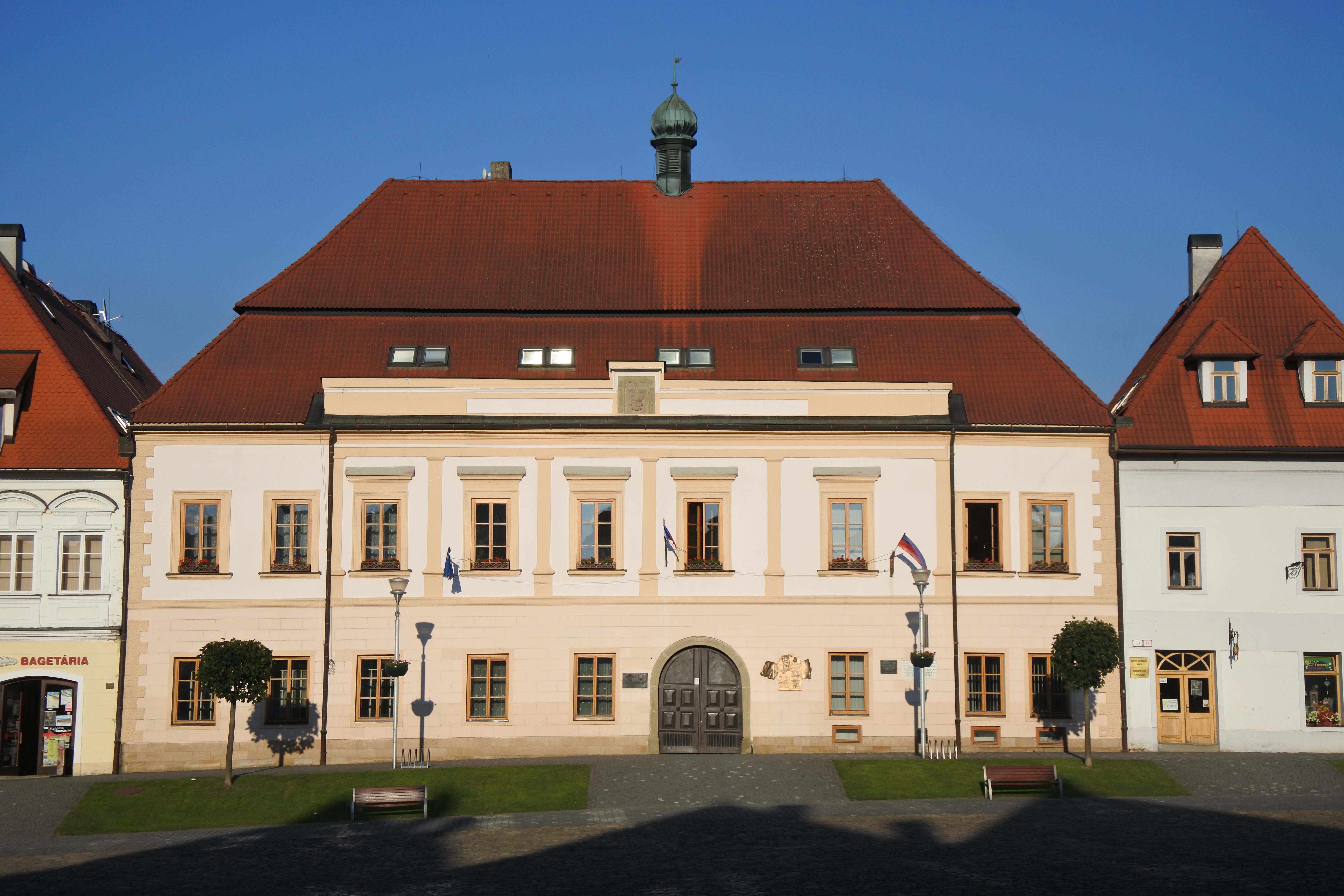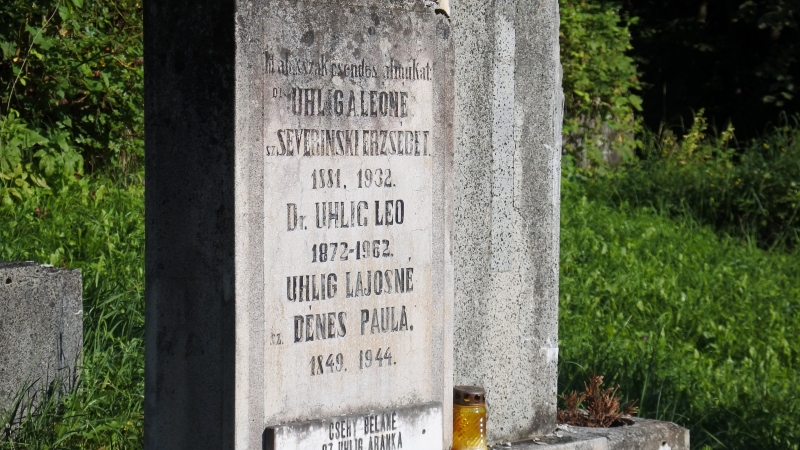The dissolution of the Austro-Hungarian Empire and the emergence of successor states, including the brief interlude of the Hungarian Soviet, set off processes of transformation that have impacted the region beyond the tumultuous years of the actual transition. Shaping a new public administration was a key part of this transformation. In the successor states – Czechoslovakia, Romania and the Kingdom of Serbs, Croats and Slovenes – public servants and schoolteachers were gradually removed from their positions. New mayors rose to the helm of municipal councils, policemen no longer filed their official reports in Hungarian – the list could be continued at will. Choosing the best term to capture these processes is a serious challenge. At the same time, whether one refers to the change as state succession, transfer of power, regime/sovereignty change or transition history, the effect this chain of events had on societies of the successor states are understood as having been enormous. Individuals and families were experiencing life-defining ruptures, loss of livelihood and flight – but also new career options and new beginnings, all within a single year. This overall assessment holds true also for Slovakian territories, referred to as „Upper Hungary” before 1918. The city of Bardejov (Bártfa in Hungarian, Bartfeld in German) in Sáros county is a case in point and its history provides insights that refine our understanding of aspects of the great transformation described above.
Bardejov/Bártfa lies in Eastern Slovakia, on what once were the lands of Sáros (Šariš in Slovak) county. Czechoslovak forces occupied the town on January 4, 1919. The spring offensive launched by the Hungarian Soviet led to the capture of the newly renamed Bardiov (later changed to Bardejov), but the Red occupation lasted only for a few weeks. Starting with September 1919, the new Czechoslovak government bureaucracy embarked on a process of gradual consolidation. Bardejov/Bártfa thus became a Czechoslovak town without major incidents or violence. Its story is one that cannot be read in history textbooks or even in monographs, and nobody has written a novel or made a movie about it. At the same time, the histories of local communities, provincial townships and villages, of families and groups of intellectuals offer a wealth of insight into the past and reward research, whether of a more general nature or focusing in on the transfer of power. Everyday histories represent an important aspect of history at large, with the added value that they tend to appeal to a broader audience able to relate to them. How did a smallish town experience the upheaval brought on by the Great War? Later on, what kind of bargains did the burghers choose to enter – with each other and with representatives of the new power? Who were the ones who left everything behind, and who were the one who opted to stay? Be it Bardejov/Bártfa or Kosice/Kassa, or yet another city, ample examples can be found for each attitude and coping strategy.
Bardejov/Bártfa had survived four difficult years by the end of 1918. It was occupied in December 1914 by the Russian army. The occupation left marks borne by the township even four years after the period of foreign rule. The thaw in spring 1915 revealed unburied human and animal corpses which had to be desinfected and covered up. In townhouses, even in the city hall, manure stood in large piles, causing a cholera epidemic. The soldiers quartered in the burghers’ homes left debris and trash in their wake, with toilets overflowing and sewers blocked. Typhoid fever soon hit the town. Police chief Gyula Tóth was doing all he could to have the corpses buried, citing the relevant government regulations. Rezső Mankovics, the town’s medical officer was receiving the daily reports of ever newer cases of smallpox and other outbreaks. The majority of school-age youth was suffering from epidemics of scarlet fever or typhoid fever, but diphteria and measles had also spread. Schools had to be closed down until further notice in fall 1915. Bardejov/Bártfa never fully returned to the normalcy of the prewar years before the transfer of power.

Bardejov/Bártfa, New City Hall (author's photograph)
The mayor
As if the wartime duress had not been enough, Bártfa/Bardejov was also making national headlines as a result of the conflict between the mayor and the municipal council. Elemér Fekete de Nagyivány rose to the stature of a national hero in the wake of the Russian occupation. He was nevertheless sent on a six-month leave by the municipal council in March 1918. Among the reasons for being sent on extended leave, the medical officer’s report listed paranoia, delusions of grandeur, harassment of female co-workers, an out of control propensity to meddle with buraucratic processes through appeals, accusations and proposals, as well as denouncing everyone as his „enemy”. (Fekete had been treated at the Lipótmező psychiatric ward in the capital twice before.) In the fall of 1918, the municipal council finally took the unprecedented step of recording that it had made a mistake in electing Fekete as the mayor, and banned him from city hall.
Fekete, who had been awarded the knight’s cross of the Order of Francis Joseph, fought the council and asked to be reinstated. In his interpretation, the ban was in fact a witch hunt against him, orchestrated by local politicians of the government party (István Tisza’s liberal conservative Labor Party). Fekete went on to declare in October 1918 that Hungary was failing as a state and put the blame on what he perceived as the oppressive character of the government. He also faulted the majority politicians for failing to protect, inter alia, the local Jewish population, whose stores and shanties were looted by an armed gang of about 20 people on November 1, 1918.
In the moment of greatest need, Bártfa/Bardejov lacked unified leadership. The council was preoccupied with legalizing and perpetuating the ban placed on the mayor. It stands to reason that a fair number of burghers likely welcomed the Czechoslovak forces as they entered the city on January 4, 1919. This is supported by the fact that only the town’s notary and the police chief were dismissed, and two other people were forced to retire. All other council members pledged allegiance to the new state. As to what were the genuine reasons for the controversies surrounding the mayor, an exact answer is difficult to give, but it is likely that both sides’ positions held elements of truth. We do know, however, about the choices made by Fekete: he left the town and opted to relocate to rump Hungary, to Szeged. He became the police chief there and died, in July 1923, of leukemia.
Mór Weisz, a Hungarian barrister
Epidemics and other illnesses, political controversy and looting all affected the first postwar months in Bardejov/Bártfa. Additionally, the town was burdened with the refugees fleeing the horrors of the Polish-Ukrainian hostilities. The flood of Jewish refugees from Galicia (Galicja in Polish, Halyčyna in Ukrainian) represented a gigantic challenge. According to historian Rebekah Klein-Pejšova, about 400 refugee families arrived in 1919, looking for a safer future. The native Jewish community of about 2000 people grew with at least 1000 refugees – in a city of 6500. The freshly baked „Czechoslovak” magistrates lacked the resources to address the challenges resulting from the influx of refugees.
The greater half of the Jewish population in Bardejov/Bártfa accepted their incorporation into democratic Czechoslovakia relatively quickly. At the same time, no other community was as polarized over its allegiances as were Jewish groups in the new state. A veritable chasm separated adherents of modern Zionism, represented by the Jewish Party of Czechoslovakia, and orthodox congregations. Yet others thought of themselves as members of the Hungarian nation. The barrister Mór Weisz was not known as a public supporter of a particular political party, but his identity as a Hungarian was a matter of public knowledge. He chose to use Hungarian in his social life, while being very much fluent in Slovakian, as well. Local Slovaks are known to have complained about the prevalence of Hungarian in the central district of the township as late as the 1930s – while the number of those registered as Hungarian in official statistics had dropped to a mere hundred souls. Weisz remained a respected public figure in the town, while sending his children to study in Hungary. He delivered his speeches in court in highly articulate Slovakian, yet his home was an island of Hungarian culture. Throughout these years, his wife regularly sent charitable contributions – payable in Czechoslovak korunas or crowns – to the Hungarian students’ meal fund in Prague.
A „Sáros/Šariš” identity
Bártfa/Bardejov had counted a Slovakian majority at least since the 18th century, according to the ethnic and linguistic data of the subsequent censuses running up to the 1900s. A key figure during the years of transition was a public figure posterity has tended to simply categorize as Slovakian. Géza Zsebráczky or, after 1918, Gejza Žebrácky chose to not get involved in the events of 1918-1919. He was nevertheless elected mayor in 1924 and fulfilled his duties until 1938. Support for him was never unanimous: the local Slovak intellectuals remembered very well that before 1918 he had cooperated with the Hungarian government. He was a leading figure in the movement – sponsored by Budapest – that sought to build a separate regional identity in Eastern Slovakia and win over local ethnic Slovaks to the Hungarian state idea (by making them immune to the competing Czechoslovak and Slovak national platforms). This identity project had some roots quite independent of any political entrepreneurship: the local population possessed a strong regional consciousness, and the Sáros/Šariš dialect of Slovakian was widely spoken by local Hungarian nobility and Jews, as well. A Catholic priest, Gejza Žebrácky had an integrating role as a mediator between the various groups. He appeared to have switched identities, turning himself into a true Slovak, whereas he had been counted among the Hungarians before. The truth may be more complicated. He actually went on being a member of Hlinka’s Slovak People’s Party and the association of Hungarian journalists in Czechoslovakia at the same time. He was a Catholic priest, but the Jewish community supported his candidacy for the position of mayor. As director of the municipal museum, he showed genuine commitment to preserving the cultural heritage of the township. One might be inclined to call him a pragmatist who attempted to succeed in any and every political regime, but such an assessment would in fact be a reflection of our present-day cynicism. For him, crossing cultural boundaries was a perfectly normal occurrence: he spoke several languages and he considered the multiculturality of his native land to constitute the natural state of the world. In interviews he confessed that he considered the county of Sáros/Šaris his homeland: it had been so in historical Hungary, and this had not changed in Czechoslovakia either. (Importantly, Sáros/Šariš was not split by the new border – it remained a compact region under a single sovereignty.) The realization of this permanence, if anything, was the lesson he drew from the experience of the transfer of power.
The history of Bardejov/Bártfa during the period of state succession carries in itself both rupture and continuity. Some stayed, and others left – the majority, however, adapted itself to the changing conditions. Recently, the term adaptation has fallen into some disrepute, suggesting survival, but also surrendering one’s identity. At the same time, adaptability may well explain our joint survival as small nations in Central Europe. Leo Uhlig, another lawyer, was a leading figure in the efforts associated with Hungarian nation-building and magyarization in the region. As such, he oversaw efforts to develop the Hungarian-language press and acted as the editor of the Felsősárosi Hírlap (The Upper-Sáros Journal) between 1911-1918. He stayed, founding a municipal civic party in the early 1920s. Uhlig worked on, serving the interests of the town, and held on to his Hungarian identity. Hungarian thinking sometimes tends towards positing a connection between honor and virtue on the one hand, and the refusal to swear allegiance to the successor states on the other. There were numerous such “conscientious objectors” in Sáros/Šaris, as well. Their histories need to be researched and interpreted, just as the histories of others. But the past is more variable and complex than their examples would suggest. A deeper understanding of it requires looking beyond one-dimensional narratives.
Suggested readings:
Gutek, František: Gejza Žebrácky a Šarišské múzeum v Bardejove do roku 1945 (Príspevok k 110. výročiu otvorenia prvej expozície múzea). In: Kurucová, Angela – Feniková Čarnogurská, Martina (ed.): Vývoj kultúry východného Slovenska. Košice: Štátna vedecká knižnica v Košiciach, 2017. 103–115.
Klein-Pejšová, Rebekah: Mapping Jewish Loyalties in Interwar Slovakia. Bloomington and Indianapolis, Indiana University Press, 2015.
Krpelec, Bartolomej: Bardejov a jeho okolie dávno a dnes. Vydal miestny odbor Matice Slovenskej v Bardejove, 1935.






